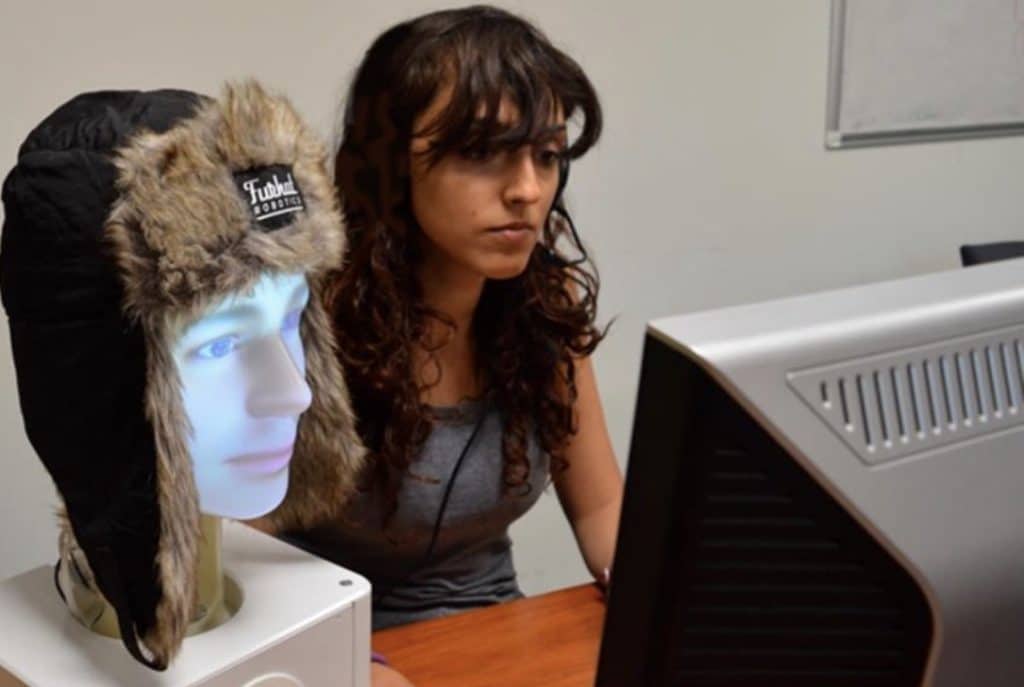
To “align” during a conversation means for interlocutors to achieve similar mental representations of the communicative situation. Can conceptual alignement occur when one of the interlocutors is a robot? Twenty-four French native speakers took turns with a robot in naming images of objects belonging to different semantic categories. For a subset of those semantic categories, the robot was programmed to produce the superordinate, semantic category name (e.g., fruit) instead of the basic-level name associated with an object (e.g., pear). Over the course of the experiment, participants produced more superordinate names (e.g., saying ‘fruit’ to the picture of an apple) for objects in the semantic category named by the robot with a superordinate name. These observations reveal that participants align with the robot’s conceptual choices. So, yes, conceptual alignment affecting a speaker’s word choices occurs as a result of adaptation to the partner, even when the partner is a robot.
Cirillo, G., Runnqvist, E., Strijkers, K., Nguyen, N., & Baus, C. (2022). Cognition, 227; 105213 — @HAL
